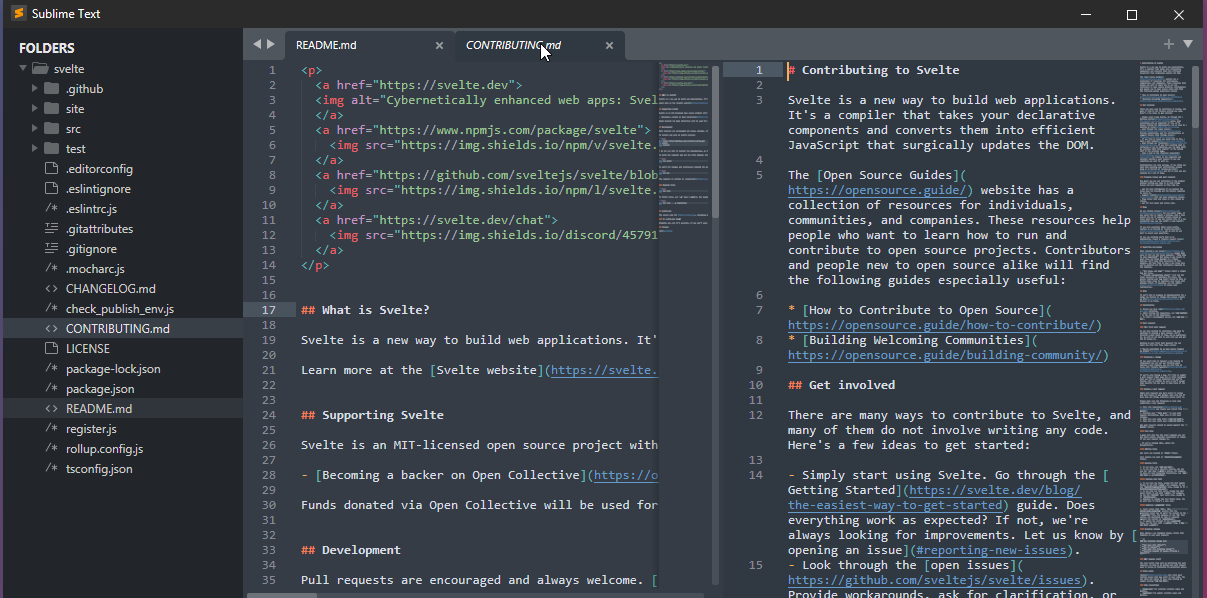Confessions of a Sublime Fan - Why Im Finally Giving VSCode a Real Shot
Confessions of a Sublime Fan: Why I’m Finally Giving VSCode a Real Shot
I’ve always loved Sublime Text. There, I said it.
For years, Sublime was my home base, my no-fuss code companion. It loaded in a blink. It never crashed on me. It respected my time. When you’ve spent enough days context-switching between pipeline scripts, quick JSON edits, and even the occasional markdown note, Sublime feels like an old reliable truck that just starts every morning without complaint.

There’s something about Sublime’s minimalism that resonates with the way my brain works. It doesn’t interrupt. It doesn’t shove a thousand menus at you. It just lets you type, fast. Multiple cursors? Game changer. Fuzzy file search? Never let me down. I could be halfway through a film pipeline, wrangling Maya scripts, and Sublime always gave me that frictionless space to breathe.
But in the last couple years, a little voice in my head has kept nudging me: what if you gave VSCode another look?
I’ll be honest, I was suspicious. VSCode felt heavy to me at first. Sure, everyone online kept screaming about its plugin ecosystem, its intelligence, its autocomplete that bordered on telepathy. But I’d fire it up, and the UI felt almost suffocating compared to Sublime’s Zen garden of nothingness.
Still, I couldn’t ignore the world moving around me. python projects seemed to blossom overnight. JSON schemas got complicated. Suddenly, the tools my colleagues were sharing all had VSCode extensions attached. The pipeline conversations, the open source repos, the community chatter, it was all orbiting around VSCode.
So I decided to give it a real shot. Not just a “hello world” test, but an honest, day-in, day-out trial.
At first, it was exactly what I feared: overwhelming. So many panels. So many icons. My muscle memory rebelled. But then, the lightbulb moments started to click. Being able to live preview my scripts with a single keystroke? Sweet. The tight Git integration, no more bouncing to a terminal to see what changed? That’s helpful. The extensions, especially for JSON and python, started to make the editor feel smarter, like a coding sidekick who remembered where I left off even when I didn’t.
And the deeper I went, the more I saw its logic. The consistency. The way you could shape VSCode into something leaner, closer to Sublime, by trimming panels and tuning shortcuts. It was like discovering there was a sports car hiding under all the chrome, if you just tuned the engine right.
I’m not giving up Sublime anytime soon. It’s still my lightweight, trusted friend for quick edits, (which fits nicly on my aging macbook air) for hopping into a file without the overhead of a spaceship IDE. But these days, I have to admit I’m warming up to VSCode. For the more complex projects, the ones with linting and testing hooks and all the modern JavaScript tangles, VSCode is starting to earn its place on my machine.
In a way, it feels like letting go of an old habit and picking up a new one that might actually support me better as projects grow. It’s a bit like moving from a quiet cabin to a downtown apartment, less peaceful, but closer to the action, with way more amenities when you need them.
Sublime will always have my heart. But VSCode is beginning to have my respect. And maybe, that’s the kind of growth I didn’t know I was ready for.
PS: While I do enjoy stand-alone IDEs, there’s something simple and easy about using the Maya script editor, which is why I’m tinkering with making my own. It’s a long-term project, but one I’m curious to see evolve.